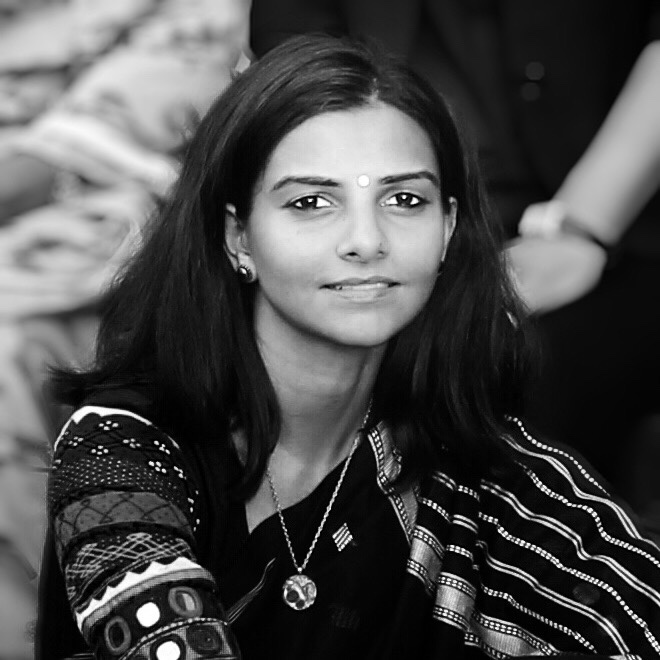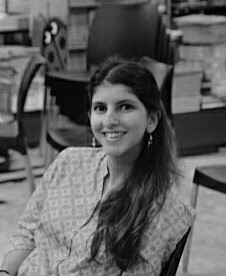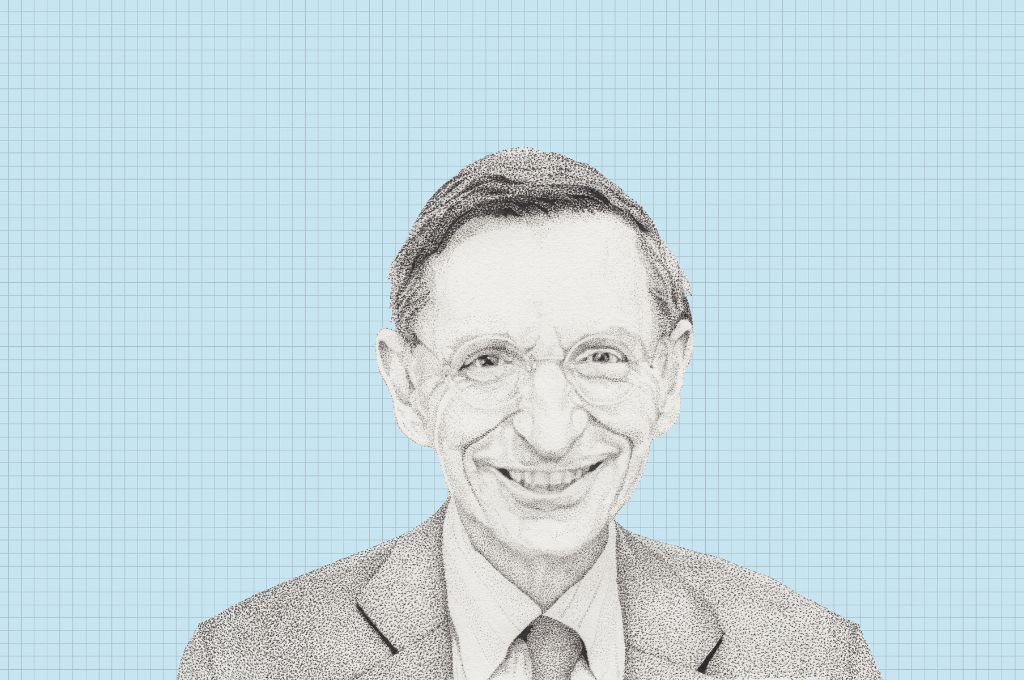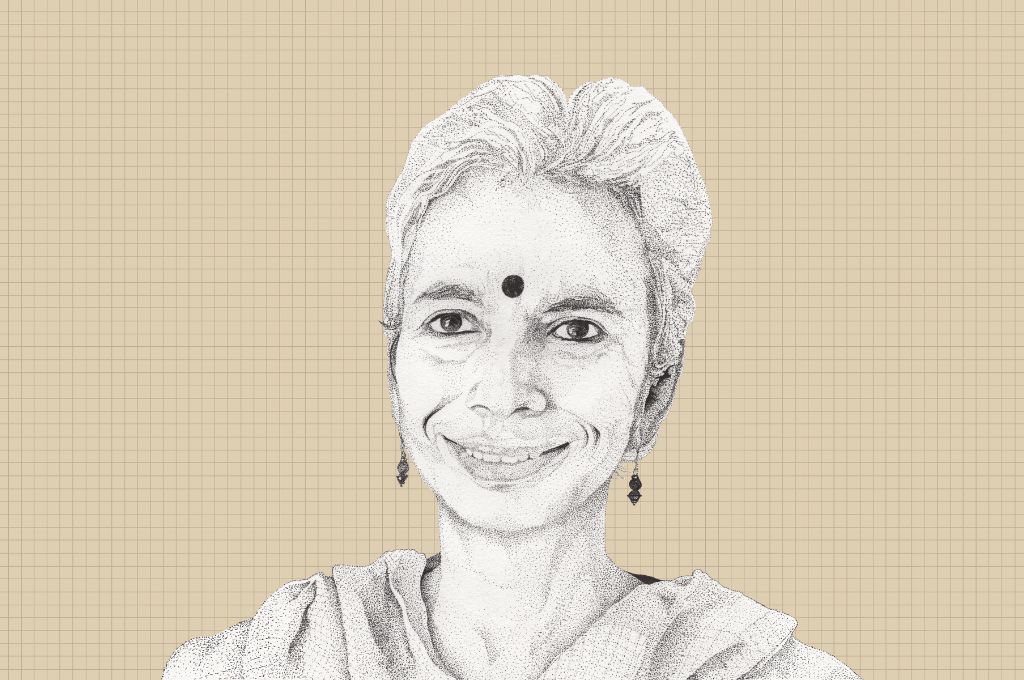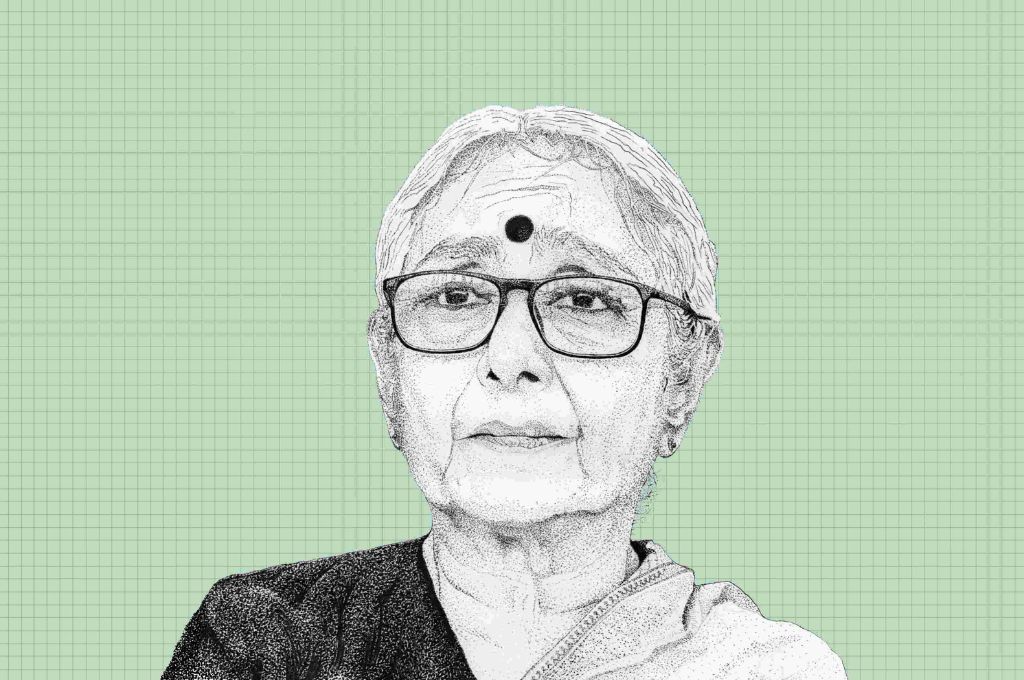Dr John Oommen—or Dr Johnny, as he prefers to be called—is a public health specialist and physician, and works with the largely Adivasi community in Bissamcuttack, Odisha. At the foothills of the Niyamgiri range, the Bissamcuttack region is home to the Kondh community. Dr Johnny has been immersed here for about 30 years, living, learning, and working with the community. The deputy medical superintendent of Christian Hospital, Bissamcuttack, he has been instrumental in changing the way people fundamentally think about rights, development, and the future.
In this interview with IDR, Dr Johnny shares his perspectives on how our understanding of community health needs expanding, the trade-offs that Adivasi communities have to make, and how our understanding of ‘development’ is sometimes equated with simply making people ‘more like us’.
You’ve been working in Rayagada with Adivasi communities for more than three decades. Could you tell us about your approach to community health?
I first came to Bissamcuttack in 1987, but I started focusing on community health in 1993. The World Health Organisation (WHO) defines health as physical, mental, social, and economic well-being, and not just the absence of disease or infirmity. But a healthy community is not just made up of healthy individuals—it also includes the inter-relationship between individuals, their environment, and everything else. It could include treating individual patients in their time of illness, but it also includes changing the social determinants based on which somebody falls sick, or does not. According to me, there is no limit to what community health can be.
Related article: IDR Interviews | Xavier Dias
Coming to Rayagada has made me unlearn, because what we were trained to do was very often focused around maternal and child health. That’s how most community health programmes are. But if you, for instance, look at the Dongria Kondh community here, you will see that adult male numbers are dwindling. There’s a reverse gender imbalance too, but in the field of public health, it isn’t fashionable to talk about.
Starting out, I tried doing what I was taught to do. Marching from village to village treating patients was fascinating work, and great for my ego; but it changes nothing. People were dying faster than I could reach them. We then started reversing the process—sitting with villagers and doing what we now call community dreaming sessions—where we asked people to dream of where they want to go, and then ask them how they think they can reach there.
So, what does your approach look like now, after years of unlearning?
We argue that community health doesn’t exist in a vacuum. Step one is forming relationships with the community. When you build relations, the kind of programme you design changes. If you sit in Delhi, you’re prone to an ophthalmic disease called ‘capitalitis’, where you’re sitting far away and planning for the country, but don’t really see the country. Community health may not be very effective at a macro level. In fact, it works in the micro, and so first we need to get to know the people we are serving.
Step two is to identify the unaddressed pain in that community. Public health has gone plastic—it doesn’t touch pain. It’s stuck in policy. And while policy is important, so is pain. Identify it.
You can’t change the world, but you can share the pain. Our calling is to share the pain of people.
Step three is to share the pain. Our methodology dispenses with much of the professionalism we were trained with, which says that you must maintain some amount of distance. I say, cross the table, share the pain, feel what it is like. Then from there, dream. These steps form the basis of our community health programme, Mitra, which we have evolved over a 25-year period, by making mistakes, falling down, and getting back up.
You can’t change the world, but you can share the pain. Our calling is to share the pain of people. They allow us to, and share our pain as well.
Have you noticed changes with regards to Adivasi rights over the years? What are they?
It depends on how you look at it.
The right to land is a big issue. Earlier, about a hundred years ago, who knew what land belonged to whom? One hill belonged to one family, a second hill belonged to another, and the community would shift around, cultivating the land. Then after independence, with the settlement survey carried out by the government, land began to get demarcated formally, and those who managed to understand the process got land deeds in their names. Land that didn’t get assigned to somebody became public land; now, the government is the largest landholder. We’ve also been blessed—or cursed—with bauxite in our hills, and so there’s huge corporate interest in our land as well. Our people used to say, “We don’t want roads because earlier, if you cut one tree, you had to carry it over your shoulder. Now, just one truck can take the whole forest away.” Isolation gave them protection.
Development increases your access to services, but may decrease your freedom. That’s the trade-off.
So, in some sense, 25-30 years ago, the community did have more rights. Nobody went into their villages, and so they lived life as they had all along. But if you ask about the right to immunisation? No, they did not have it. The right to schooling? No, they did not have it. But the right to independence, and to take their own decisions? Yes, they had it. Development increases your access to services, but may decrease your freedom, in a sense. That’s the trade-off.
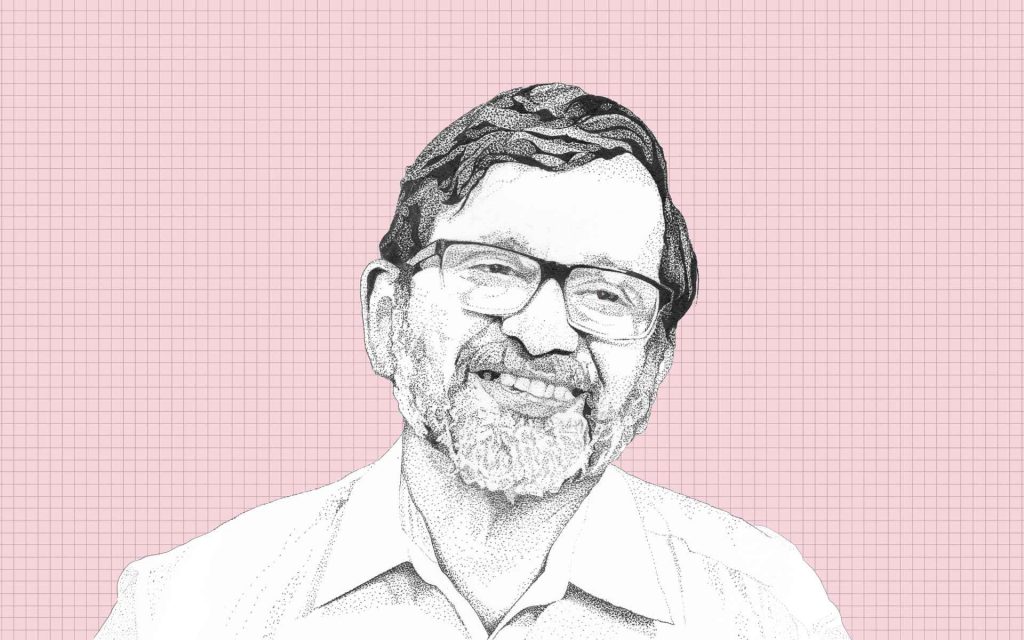
Illustration: Aditya Krishnamurthy
How else does the development paradigm impact Adivasi peoples today?
Development today is often understood as making other people become like you. When we enter villages as development agencies, we want to change people. But we have no right to do that. And with Adivasi communities, we have to use a more sensitive and respectful approach. This is because Adivasi peoples have survived for thousands of years in circumstances that you or I could never withstand. If they become like us, they’ll die.
For instance, our education system today has in many ways resulted in ‘de-tribalising’. An Adivasi child coming back from school no longer wants to celebrate local festivals, and no longer wants to speak the local language. And so, we run a school for Adivasi children, which is built around a different model of tribal education, one that is people-centric, and where the instruction begins in Kuvi, their tribal language.
Today in our country, there seems to be a nationalistic, populist, majoritarian model of development being pushed now. India is an extremely diverse country, and the ‘one nation, one model’ idea is problematic. We’re pushing people towards a nebulous idea of development, based largely on making ‘them’ more like ‘us’.
Today, all development is inversely proportional to the distance from the main road.
Apart from how the notion of development is understood, we are also seeing challenges with how development is ‘delivered’, especially to remote populations. In the case of Adivasis, inaccessibility is a major issue. Today, all development is inversely proportional to the distance from the main road. A few years ago, I was a part of a government seminar that studied equity in health and healthcare, and we found that survival and access to care depended largely on four factors: gender, caste or community, economic status, and lastly, location.
Two factors related to location—distance from the main road and size of the village—affect how the system serves you. If your village has 100 houses, an Auxiliary Nurse Midwife (ANM) will visit. If there are 50 houses, an anganwadi worker will come. But if a village has only 10 houses, nobody comes. You aren’t on the radar, not for the system. And the reality is that many tribal villages are this size. And so, the highest number of deaths occur in villages with 10-20 houses. It’s one of the largest gaps—the government often doesn’t even have data on people living in such small villages.
Therefore, we need to think about what we mean by development. Top-down policies that somebody in Bhubaneswar has drafted for Adivasi areas in Rayagada often don’t work. We need bottom-up rethinking. Panchayati Raj gives us some opportunity for that. But we need to rethink our models, and ask people what model they want—they have that right.
Related article: Are India’s healthcare goals inclusive of tribal peoples?
What have been some of the major health and health service delivery challenges in Rayagada?
Twenty years ago, our biggest concern was malaria. One-third of the deaths here were related to malaria. There’s no epidemiological term for the extent of malaria we saw—‘endemic’ doesn’t even begin to describe its prevalence. On mass screening of more than 1,200 children under five years of age in 2010, 59 percent tested positive. But since July 2017, there has been a huge crash in the incidence of malaria, and we hardly saw any malaria—in the community or in the hospital—in 2018. The World Malaria Report 2018 points out that while there was a rise in malaria globally, India saw a dramatic decline, by 24 percent. And India’s decline was because malaria cases in Odisha dropped by 80 percent.
That’s a drastic dip—what changed?
I think Odisha got three things right.
One, the Accredited Social Health Activist or ASHA. In every village, the ASHA worker was able to test for malaria and treat a patient with ACT. A decentralised treatment facility at the village level enables early diagnosis and proper treatment. This alone in itself did not decrease malaria—the drop came in 2017, whereas this started in 2013. But without this foundation, the decrease could not have occurred.
In 2017, the state implemented two big interventions. The first was medicated mosquito nets. The Global Fund sponsored the supply of the nets, and the state did a fantastic job of the distribution. The nets were one of the most important factors, but the second intervention—the icing on the cake—was a programme called DAMAN.
DAMAN is an acronym for Durgama Anchalare Malaria Nirakaran—eradication of malaria in inaccessible areas. The programme was based on an idea we had evolved here previously, where we worked to decrease the parasite density in a village, so that even when a mosquito bites someone, it doesn’t get the malaria parasite. This brought villages below the critical parasite density required for sustained transmission. We started this first in 2001 in 1,000 villages of Gajapati district through a network of 16 nonprofits led by PREM-PLAN, focusing on children under five. The idea then spread across four districts. We were persistent in presenting our data and findings to the state, including the link between malaria and malnutrition (what we call ‘Mal-Mal’). Ultimately, the state bought our idea, and implemented the programme at a state-wide level, at a scale and intensity we could never have done ourselves.
Related article: IDR Interviews | Stan Swamy
DAMAN identified malaria hotspots, villages that were difficult to reach—off roads, on hill tops—and then in ‘camp mode’, started treating these villages. Every man, woman, and child was tested, and those who tested positive were treated for three days. The government very wisely also layered on other services to these camps—blood pressure tests, ante-natal check-ups, and so on. Simultaneously, villages would get sprayed so that the mosquito numbers are also brought down (though the timelines for spraying did not always match the timelines for treating).
When you look at the timeline on a graph from the state health department, the first half of 2017 had a rising incidence of malaria over 2016. But that dramatically changed from July 2017. Once the provision of the ASHA providing treatment, distribution of medicated nets, and implementation of DAMAN all kicked in, there was a steep decline. By December 2017, malaria was down by 80 percent, and that status has held through 2018 and most of 2019.
The key people who made this public health miracle happen were the network of health workers across the state, led by two Health Secretaries—Ms Arti Ahuja and Dr Pramod Meherda—and two State Programme Officers of the National Vector Borne Disease Control Programme—Dr MM Pradhan and Dr Prameela Baral.
We have to accept that there has also been a parallel decrease in malaria in most states of India—so we cannot claim credit for the whole phenomenon. But the sharpness and magnitude of the decline in Odisha cannot be attributed just to climate—the timelines show a clear link with the effective strategies deployed by the state in mid-2017.
Our danger is complacency. Malaria has a way of striking back. We have had a small glimpse of that in July 2019, where more cases emerged. Malaria is still with us, and if we are not careful, we can easily go back to where we started. And therefore, there is a need for agile and scientific monitoring and strategising. All the time. For now, we only see the occasional case, a world of difference from the endemicity of 2016.
What are some of the other health challenges you’re seeing today?
Once malaria reduced, non-communicable diseases (NCDs) started emerging as the biggest health concern. The most common diagnosis today for an adult male Adivasi is hypertension. The most common cause of adult death in our community is chronic kidney disease. What’s worrying is that we aren’t seeing the same proactive thinking that we saw earlier with malaria. Usually, kidney disease is secondary to diabetes or hypertension. But there’s recently been a new type, one we’re calling chronic kidney disease of unknown origin (CKDU). Srikakulam district in Andhra Pradesh is thought to be the epicentre, but today it’s in many parts of India.
Signals that this is becoming an issue have been up for 10 years now, and there is some research around it, but our response to it needs to be stronger as the numbers are high.
What are some of the lessons you have learned over the years?
One of my biggest learnings has been that you must have a team of people who believe in the cause you’re working on. Today, most of my team is from Rayagada’s Adivasi community itself. Salaries are like cash transfers—if I can take on people from the community I’m working with, 45 percent of my budget will be going straight to the community.
To me, real sustainability is sustainability of impact.
Second, people often focus solely on financial sustainability. We run our Mitra Residential School, Kachapaju solely on donations and gifts. The day we started our Adivasi school back in 1998, it was not financially sustainable. Twenty-two years later, it is still unsustainable. But in the meantime, 600 children have been educated, and they will never become uneducated again. That, to me, is real sustainability. Sustainability of impact.
Third, the reward for good work is more work. My father always spoke about Nishkama Karma—the concept from the Bhagwad Gita of selfless or desireless action, action performed without any expectation of fruits or results. Why do we do what we do? Is it to get something in return? What are our motives? If we are able to do good without motive, without expecting anything in return, that’s Nishkama Karma.
And lastly, if somebody insults you or puts you down, it probably means that you have done something worthwhile. Our people here say, “Only the mango tree with sweet fruits gets stones thrown at it.” If nobody is throwing stones at you, it tells you something.
—
Know more
- Read the first comprehensive report on tribal health in India by The Expert Committee on Tribal Health, along with IDR’s overview of the report.
- See this photo-essay by Raghu Karnad on the diverging paths of two young women from the Dongria tribe in the remote Niyamgiri hills.
- Read this paper by Felix Padel and Malavika Gupta on assimilation and the evolution of large-scale schools for tribal children in India.
Do more
- Get to know somebody from a community and language other than your own; try and see the world from their eyes.
- Support is more than financial; support a child; interact and mentor and learn from each other.


